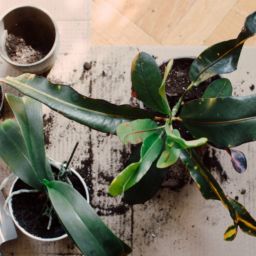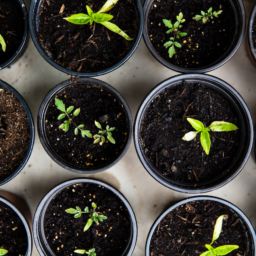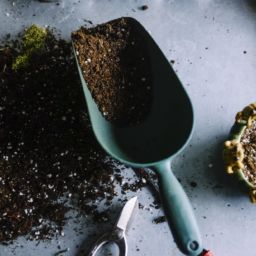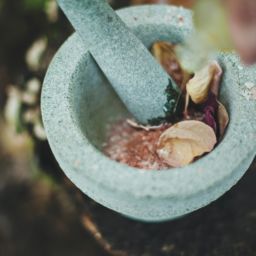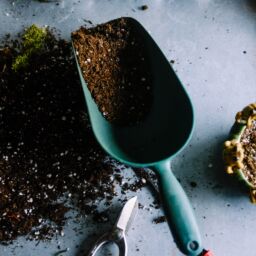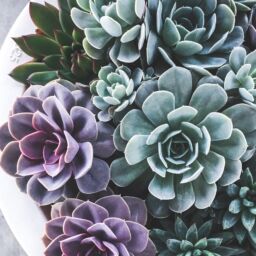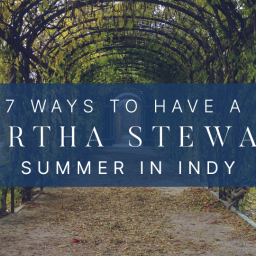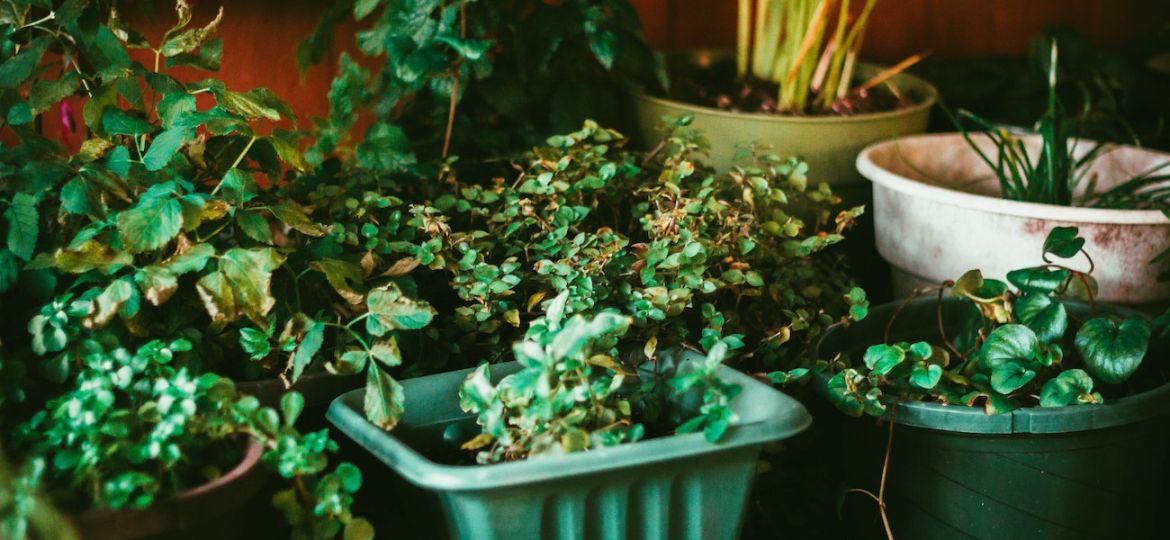
The winter season is quickly approaching here in Indy, and if gardening and mass-purchasing plants became a hobby of yours over the spring and summer, you aren’t alone. Due to COVID-19, people all over the world turned to gardening as a soothing way to connect to nature and pass the time during quarantine. Not to mention, the surging popularity in houseplants pretty much guarantees you bought or were gifted *at least* one potted plant in the past eight months.
For those of us who rely on sunshine and rain to do all the hard work, dropping temperatures means it’s time to bring the greenery indoors and continue our gardening endeavors well into the winter. How can this be done, you ask?
Well, it takes some technique. Luckily, Indianapolis is home to professional plant ladies willing to share their expert advice on everything from transitioning your garden to how often you should be watering house plants. You, too, can confidently bring your garden indoors with these five pro tips.
Pro Tip #1: Avoid Extreme Temperatures
As you begin propagating your herb garden or moving patio plants indoors, it’s best to do so slowly and with care. As Leah Flanagan, certified plant lady and owner of The Forest Flower, puts it, “It’s important to bring plants in before the temperature drops too much. Typically, I advise people to start to transition their plants inside once the evening temperature is dropping below 60 degrees.” This ensures your plants are protected from the frost – but Leah advises to do so slowly, bringing them in for a few hours each day to start. “…I always remind people that in nature, plants never move, so it can be shocking to go from a hot, bright environment to a more temperate inside environment.”
View this post on Instagram
How beautiful are these fan-like leaves on our coconut palms?? Stop by to swipe one until 6 today!
View this post on Instagram
Fiddle fig in this deco pot! ❤️❤️❤️#fiddlefig #plantsmakepeoplehappy #ficus #fall #forestflowerindy
Pro Tip #2: Position with Lighting in Mind
When your plants were outside full-time, did they spend time in the shade or receive direct sunlight? No matter the case, it’s best to try and mimic the same environment when making the transition indoors. Owner of Grounded Plant and Floral Co., Amanda Griffith, is here to keep you on the right track: “Not all plants like the same care, so you shouldn’t treat them the same way. Finding a good spot for each plant specific to their lighting requirements is going to set them up for the most success.”
Pro Tip #3: Treat for Pests
As one can imagine, outdoor plants are exposed to their fair share of insects and other pests. Before bringing plants indoors, thoroughly check through all the leaves or blossoms, and repot when necessary. Even if you don’t suspect an infestation, Leah says to “Always treat outside plants with insecticides before bringing them in to make sure unwanted bugs aren’t hitchhiking on them.” Amanda takes this one step further, saying, “You will want to quarantine your outdoor plants for a while and make sure they don’t have any pests before placing them by your other indoor plants.” It turns out, social-distancing is vital for all of us right now—even our plants!
Pro Tip #4: Water Sparingly
Before doing anything drastic, Leah and Amanda advise erring on the side of caution. While it may seem like your plants want all the water right now, this isn’t necessarily the case. “There is a direct relationship between light and water, so with less light in the winter – water less,” Leah states. Amanda seconds this notion, saying, “Just because you check your plants once or twice a week doesn’t mean you have to water them each time. Get your hands dirty and stick your fingers in the soil to see how dry or wet the soil is.” She continues, “If I am not sure if a plant should be watered, I wait a few days. It is much easier to fix an under watering issue rather than an over watering issue.”
Pro Tip #5: Don’t Overdo It!
It may not be easy, but try to give your plants some space after transitioning. “It’s easy to over love your plants and end up over-watering,” Leah warns. “Remove any dead foliage and give each plant a week or two to transition to their new space, don’t over intervene. Most plants will acclimate fine.” And as a houseplant pro, Amanda advises doing some research of your own to ensure the best outcomes: “Knowing what each of your plant varieties like as far as lighting and watering is very important.”
Would you like additional support for bringing your garden indoors? You already know these ladies have the resources you’re looking for. Check out these info sheets on The Forest Flower website, or you can buy Grounded’s Plant Care Guide for $4.99.
Happy planting!
Marissa Bova is a freelance writer in Indianapolis.





